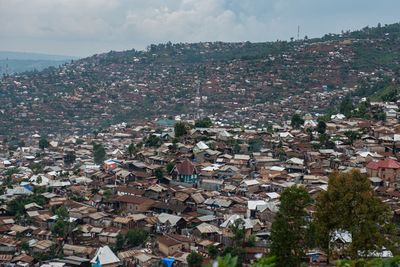Critical Zones: Sensors for Ghost LandscapesAlexandra Arènes

Ghost Landscapes refer both to abandoned and ruined lands, but also to territories from which resources are extracted for use in other countries. Recognizing these ghosts is a difficult task because there is no clear definition of their boundaries, scales and composition. At least if we only try to represent them with traditional maps and satellite instruments that give us views from above. To better understand what a landscape is made of and what their trajectories are, we need other sensors: to understand the composition and behavior of landscape entities that we took for granted, such as rivers, soils, trees, which once we follow them with the instrumentation of earth scientists appear in a completely different form. Critical zone sciences are meant to help us understand critical places on earth where life is threatened, where the roles of actors, human and non-human, are unclear, but far from giving clear answers, critical zones leave us in a state of uncertainty. Perhaps this uncertainty is the real challenge of this century for architecture at the time of the Anthropocene. Through her fields trips to sites where scientists are working, and through visual research and an exhibition, she will describe what she found in the critical zone observatories that might render us sensible to the dynamics of the damaged Earth.
Alexandra Arènes is a French landscape architect and now a PhD researcher at the University of Manchester. She co-founded SOC (Société d’Objets Cartographiques) in 2016, a think tank on earth political design, drawing on scientific and public enquiries, and producing workshops and exhibitions. The studio designed the installation CZO space at the ZKM (Museum for Art and Media, Karlsruhe) for the exhibition Critical Zones. Observatories for Earthly Politics (curated by Bruno Latour, 2020), the result of close collaboration between science and art. She has also contributed to theater research (INSIDE, Back to Earth, Où atterrir?), and co-authored the book Terra Forma, Manuel de Cartographies Potentielles (B42, 2019).


